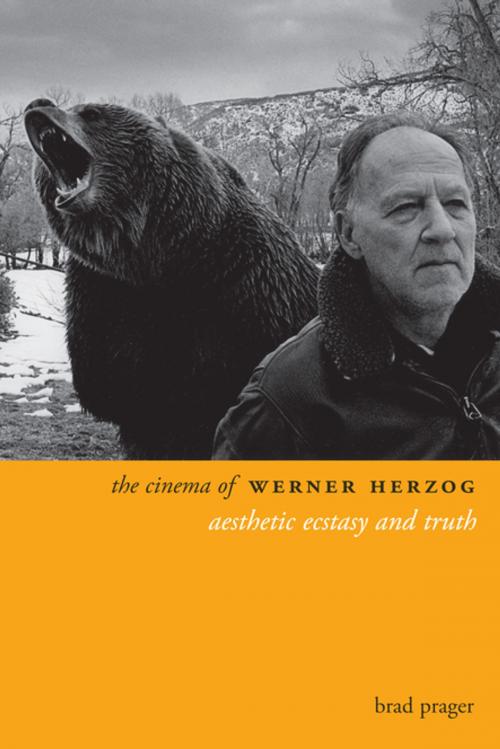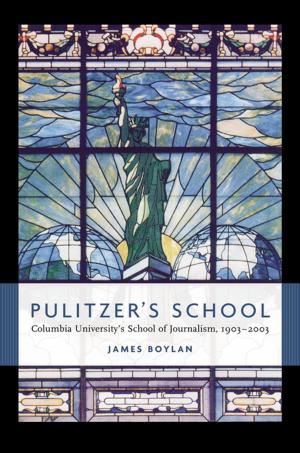The Cinema of Werner Herzog
Aesthetic Ecstasy and Truth
Nonfiction, Entertainment, Film, History & Criticism, Performing Arts| Author: | Brad Prager | ISBN: | 9780231502139 |
| Publisher: | Columbia University Press | Publication: | November 19, 2007 |
| Imprint: | WallFlower Press | Language: | English |
| Author: | Brad Prager |
| ISBN: | 9780231502139 |
| Publisher: | Columbia University Press |
| Publication: | November 19, 2007 |
| Imprint: | WallFlower Press |
| Language: | English |
Werner Herzog is renowned for pushing the boundaries of conventional cinema, especially those between the fictional and the factual, the fantastic and the real. The Cinema of Werner Herzog: Aesthetic Ecstasy and Truth is the first study in twenty years devoted entirely to an analysis of Herzog's work. It explores the director's continuing search for what he has described as 'ecstatic truth,' drawing on over thirty-five films, from the epics Aguirre: Wrath of God (1972) and Fitzcarraldo (1982) to innovative documentaries like Fata Morgana (1971), Lessons of Darkness (1992), and Grizzly Man (2005). Special attention is paid to Herzog's signature style of cinematic composition, his "romantic" influences, and his fascination with madmen, colonialism, and war.
Werner Herzog is renowned for pushing the boundaries of conventional cinema, especially those between the fictional and the factual, the fantastic and the real. The Cinema of Werner Herzog: Aesthetic Ecstasy and Truth is the first study in twenty years devoted entirely to an analysis of Herzog's work. It explores the director's continuing search for what he has described as 'ecstatic truth,' drawing on over thirty-five films, from the epics Aguirre: Wrath of God (1972) and Fitzcarraldo (1982) to innovative documentaries like Fata Morgana (1971), Lessons of Darkness (1992), and Grizzly Man (2005). Special attention is paid to Herzog's signature style of cinematic composition, his "romantic" influences, and his fascination with madmen, colonialism, and war.















